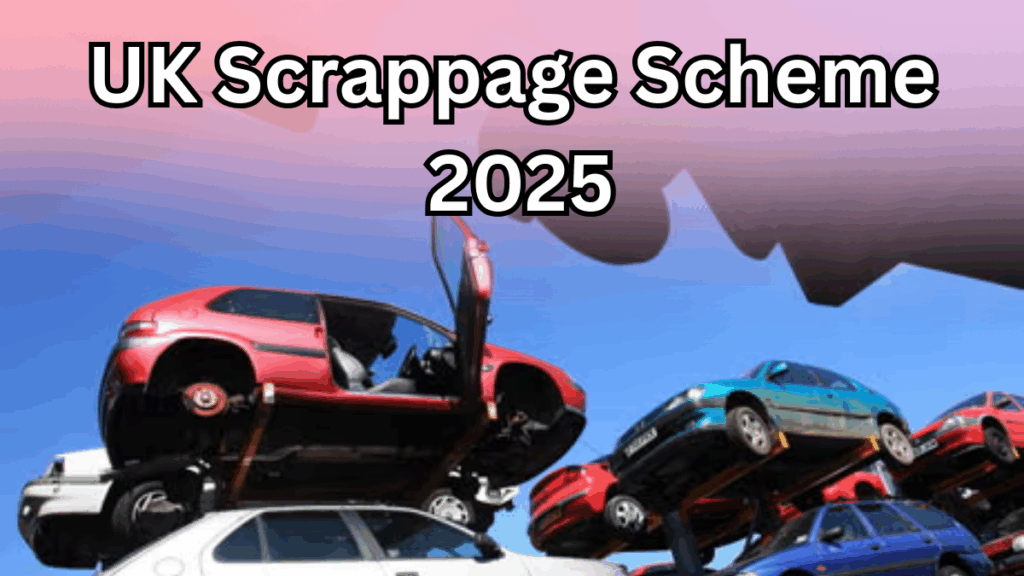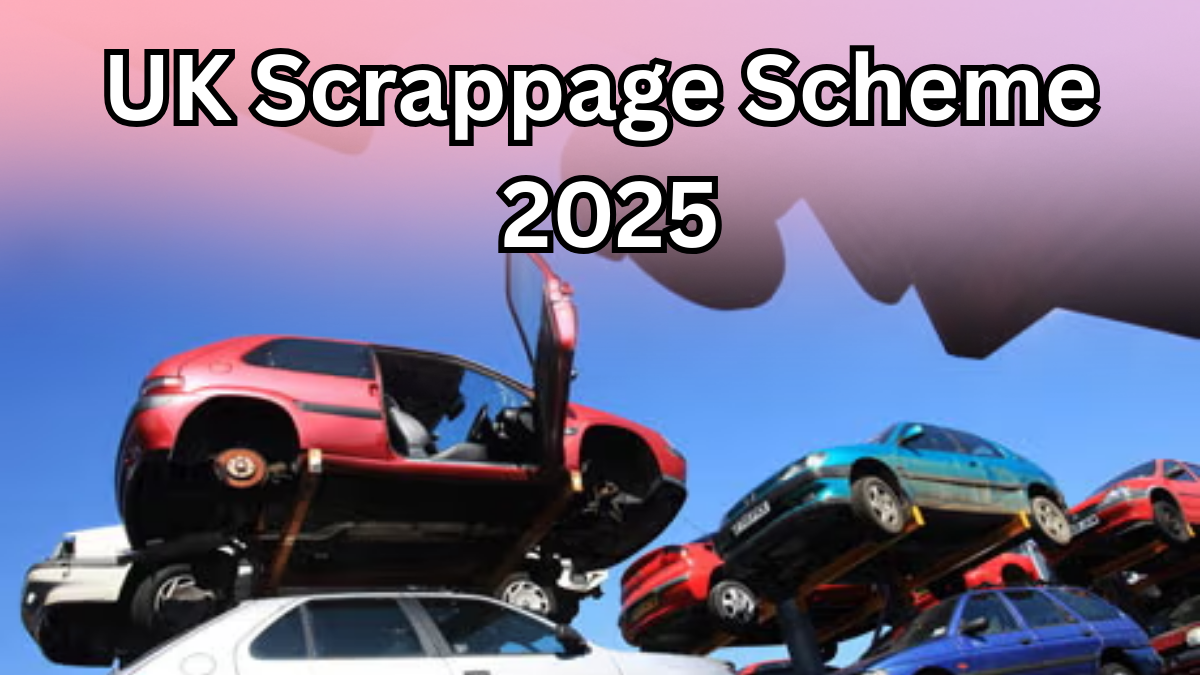Thinking of getting rid of your old car in 2025? The UK Scrappage Scheme 2025 might just be the perfect opportunity. Not only can you trade in your old vehicle for cash or discounts, but you’ll also be contributing to a cleaner environment. Let’s break down everything you need to know in a friendly, informative way.

What Is the UK Scrappage Scheme 2025?
The UK Scrappage Scheme 2025 is a government-supported program that encourages drivers to swap out their old, polluting vehicles for newer, more environmentally friendly models. Whether you’re eyeing a hybrid, electric, or ultra-low emission vehicle, this scheme offers financial incentives to make the transition easier on your wallet.
The idea is simple:
Trade in your old car → Receive an incentive → Drive away in a cleaner, greener car.
Why Is the UK Scrappage Scheme Important?
The scheme isn’t just about upgrading vehicles — it’s part of a bigger mission. Here’s why it matters:
-
Reduces air pollution in UK cities
-
Supports the environment by cutting emissions
-
Provides financial incentives to make newer cars more accessible
-
Promotes cleaner transportation and the shift to electric vehicles (EVs)
Who Can Benefit from the Scheme?
Anyone with a qualifying older car may be eligible. Typically, the scheme targets:
-
Diesel cars registered before 2016
-
Petrol cars registered before 2006
-
Residents in low-emission zones or areas with high air pollution
What Kind of Incentives Are Available?
Depending on where you live and the vehicle you’re scrapping, incentives can vary. Here’s a quick overview:
| Incentive Type | Details |
|---|---|
| Cash Discounts | Up to £2,000 off a new vehicle |
| Electric Vehicle Grant | Additional £2,500+ for choosing an EV |
| Public Transport Credit | Some areas offer Oyster card/top-up vouchers instead |
| Charging Infrastructure Help | Discounts or support installing EV home charging points |
Tip: Some car manufacturers offer additional trade-in bonuses, so it’s worth shopping around.
How to Apply for the Scrappage Scheme
Step-by-step guide:
-
Check if your car qualifies under the scheme criteria.
-
Visit participating dealerships or manufacturer websites.
-
Provide vehicle documents, proof of ownership, and address.
-
Select your new vehicle — preferably low-emission or electric.
-
Trade in your old car and claim your incentive.
Benefits of Participating
Here’s why many Brits are choosing to take part:
-
Financial help when buying a new car
-
Less worry about MOT and repair costs of old vehicles
-
Better fuel efficiency and lower maintenance
-
Contribution to climate goals and a healthier planet
The Environmental Impact: Small Steps, Big Change
Switching from an old car to a low-emission vehicle might seem like a small personal change, but it’s powerful in the bigger picture.
Positive impacts include:
-
20–40% reduction in CO₂ emissions
-
Decrease in urban NO₂ levels linked to respiratory problems
-
Reduction in noise pollution
FAQs: All Your Questions Answered
1. What cars are eligible for the UK Scrappage Scheme 2025?
Generally, diesel vehicles older than 2016 and petrol vehicles older than 2006 qualify. Each scheme might have slightly different rules based on local air quality policies.
2. Can I use the scheme if I want to switch to a used car?
Most scrappage incentives apply to new low-emission or electric vehicles, but some schemes may offer credits toward certified used EVs. Always check with your local authority or dealership.
3. Is the scrappage scheme available across the UK?
Not universally. While major cities like London and Birmingham often have active schemes, availability may depend on local council budgets or emissions targets.
4. How much can I get for scrapping my old car?
Incentives vary but typically range from £1,000 to over £5,000, depending on the vehicle, your location, and whether you opt for an electric car.
Final Thoughts
The UK Scrappage Scheme 2025 is more than just an old car exchange program. It’s a smart way to save money, support the environment, and drive into the future. Whether you’re looking to upgrade for comfort, savings, or sustainability — this initiative makes the transition smoother.
Click here to learn more
